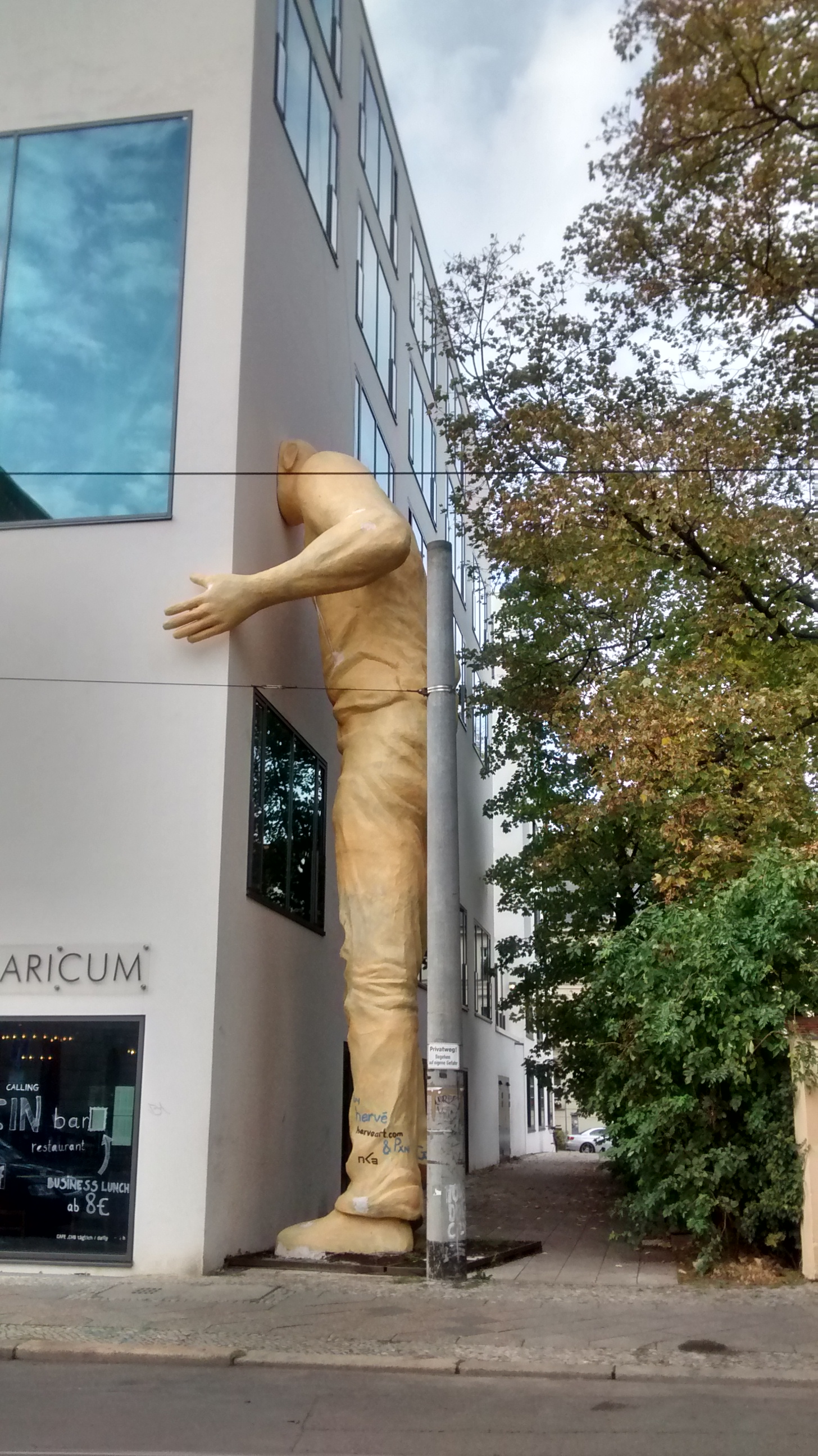
Photo: M Birkenkrahe [CC BY-NC-SA 2.0]
I tried a few different tools: GoAnimate, Plotagon and Videoscribe. GoAnimate is a mature, web-based video editor (US); Plotagon is a film-making software and still in beta (but works well – also on the iPad) from Sweden. Videoscribe (UK) is a whiteboard animation program (not web-based). All of these do different things well. I made a few movies using GoAnimate and Plotagon, and an animated presentation with Videoscribe — altogether perhaps 1.5 days of work. A single educator could easily do this on his own now — I estimate it’ll take me a whole week’s work to make enough GoAnimate clips to populate a course using the clips e.g. to introduce ideas or to summarize. And perhaps another week to animate content using Videoscribe.
The films are here for you to enjoy:
“Andy the research Android” 30 sec. (Research Methods for Androids I) is the first of 2 films (using GoAnimate) introducing Andy the android, Prof. Challenger, his student Rachel Research and her boyfriend Marcky Menace. I showed these films to the students and they liked them. I think they did the job of “selling” research methods to them — which is all I need for now (I want them to support me during the course creation).
“Rachel and Andy” 30 sec. (Research Methods for Androids II) is the 2nd film (also GoAnimate). At the end of the film I hope you want to know how the story continues. The trick is now to align the course contents with the story. For example: in order to prove himself worthy to Prof. Challenger and because he is in love with Rachel, Andy designs a research project. His initial hypothesis: androids and people make lovely couples. This is clearly a hypothesis led by his dreams and hopes. In the course of hardening his hypothesis he will be led through the ups and downs of research design… Do you have any other ideas?
“Thirst for knowledge” 30 sec. (Research Methods for Androids III) – My first argument for the students last week was that business studies and research methods are not as incompatible as they might think (all remember from their own Bachelor studies). My 3rd film (once again using GoAnimate) doesn’t use the easily recognizable characters from the previous 2 movies but a stick figure instead. I wonder which of the 2 types of films you find more compelling — which one would you pick for a course on research methods?
“Business and Research Methods” 50 sec. – Finally, I discovered Plotagon only this morning. I recast and “reshot” the business studies versus research methods argument as a classroom scene using Plotagon. I like this very much: it’s different from the other movies in that it is very script heavy — at least in this (free) Beta version, characters and scenes are limited (you can pay for more characters and scenes) and therefore everything is dialogue. (Free version links nicely to YouTube).
“With great power comes great responsibility” 1 min 20 sec. – My fifth rendering of the business/research methods theme. Videoscribe is a very powerful program; the canvas-style and the doodling and drawing really comes very close to my own style of note-taking which is why I loved this tool. There is no voiceover in my example – not because the tool does not allow for it: it’s really easy to add voiceover – but because I did not have a microphone at home & I didn’t want to spoil the excellent production values with a metallic sounding voice!
Undoubtedly there are others but I want to pick something that does the job so that I can refocus on the content.
Though I knew that making anything that moves and engages on the screen is expensive in terms of time investment, I was surprised how long it took me to make these films of 30 seconds to one minute length. Still I also noticed, are much faster I became after a little bit of practice and after understanding the relationship between the story, the storytelling tool and my own aspirations. The key condition to do this well and without killing yourself is obviously to know what you want to do and what you want to say. As long as you can do this in a short time (which, for a lecturer, is a great discipline and a wonderful skill to develop and hone), you can, I believe create something very valuable for the students.
I hope you can spare the 5 minutes to watch these films and give me some feedback!
[Original: @birkenkrahe, cross-posted at @Ldlmooc and @coursera]



0 Kommentare